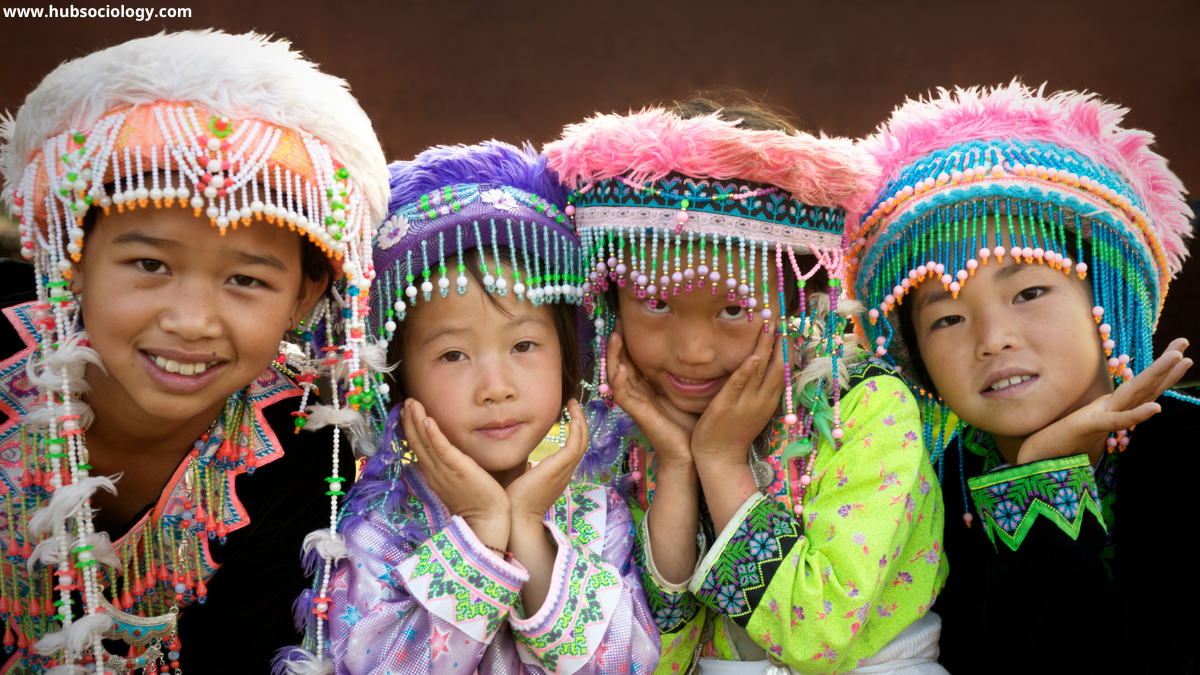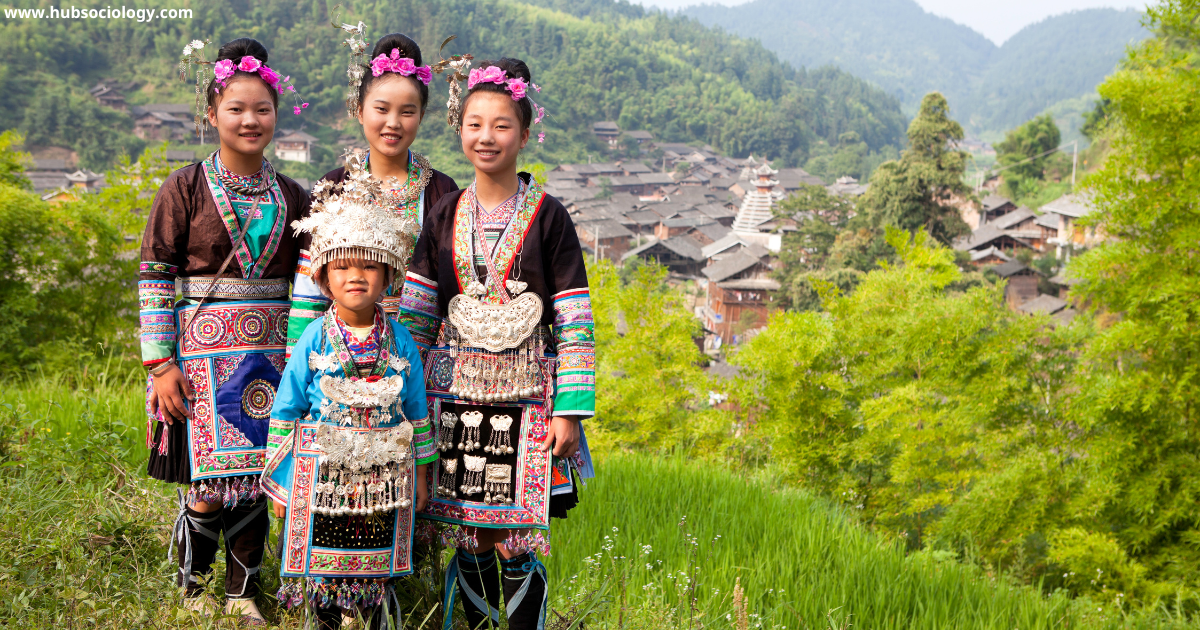Peasant and Tribal Movements in India: A Sociological Perspective
Introduction on Peasant and Tribal Movements in India Peasant and tribal movements form a significant part of India’s socio-political history. Rooted in economic exploitation, social marginalization, and political exclusion, these movements highlight the struggles of the agrarian and indigenous population to assert their rights and dignity. A sociological study of these movements provides insights into … Read more


